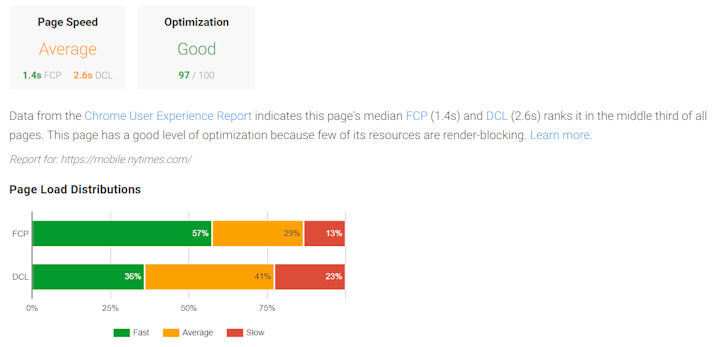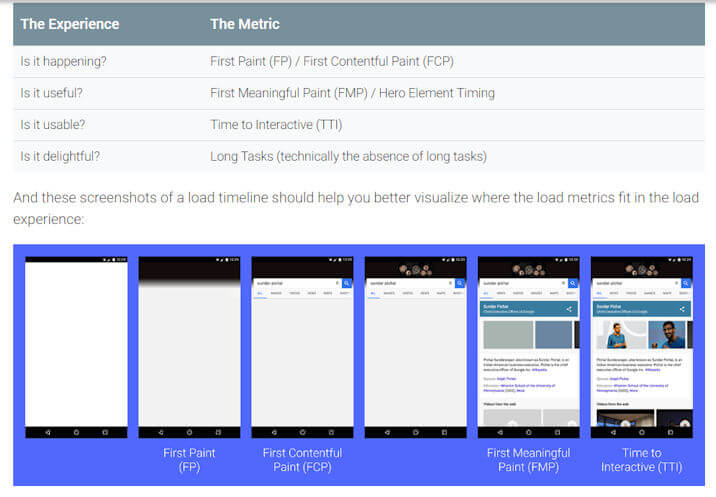More and more SEOs and webmasters are aware that in a mobile-centric world speed is of the essence. But how can you know what users actually experience when they come to one of your pages?
In this episode of our popular Here’s Why digital marketing video series, Eric Enge tells us about the Google Chrome User Experience Report, and explains why it can provide valuable insights into what you need to optimize so more of your users get the best possible experience with your site.
Don’t miss a single episode of Here’s Why with Mark & Eric. Click the subscribe button below to be notified via email each time a new video is published.
Resources
- A closer look at Chrome’s User Experience Report
- Google PageSpeed Insights Tools
- User-Centric Performance Metrics
- See all of our Here’s Why Videos | Subscribe to our YouTube Channel
Transcript
Mark: Eric, at SMX Advanced this year, you reported on the keynote conversation with Google’s Ilya Grigorik. What did he have to share?
Eric: To me, the most interesting part of the talk was about the Chrome User Experience Report, known by the acronym CrUX.
Mark: What is the CrUX?
Eric: The Chrome User Experience Report contains aggregated data from Chrome Browser Users who have opted into usage reports and who sync their browsing history across devices. You can access it when you request a report from Google’s PageSpeed Insights.
Mark: What kind of information does the report provide?
Eric: As you can see, in this example, it gives overall ratings for page speed and optimization, and in the middle are two metrics that might need further explanation.

The first is FCP which stands for First Contentful Paint. This is the average time before a user sees the first visual content on the page. That’s an important number because it’s the first cue to a visitor that your site is actually responding, which helps to keep them engaged.
The other metric is DCL, which stands for DOM Content Loaded. That measures how long it takes for the document to be fully loaded and parsed for the user, although it doesn’t take into account style sheets, images, and sub-frames.
Mark: What about the graphs below the FCP and DCL times?
Eric: The three colors in each bar show the percentage of your users who have that level of experience on your page. The important site here is that not all users get the same experience. Your time to FCP and DCL can vary from user to user.
Obviously, the more users you have in the green zone for each, the better. But you want to work on optimizing to minimize the number of users who fall into the yellow or red zones too.
Mark: How do you know what to optimize for those users?
Eric: This chart from Google’s User-centric Performance Metrics post shows you the sequence of site-loading stages, so you can have a better idea of where some users are getting hung up and know what to optimize.

And here’s a bonus tip. Since you can enter any URL into the PageSpeed Insights report, you can also see how your performance stacks up against your competitors.
Mark: Finally, why does optimizing for these metrics matter for your marketing?
Eric: In an increasingly mobile-centric world, speed is critical. Mobile users need and expect pages to load quickly and if they don’t, they may leave and go elsewhere.
In addition, multiple studies show that for eCommerce pages, a difference of a fraction of a second in page load time can actually effect millions of dollars in revenue.
Mark: Thanks, Eric.
Don’t miss a single episode of Here’s Why with Mark & Eric. Click the subscribe button below to be notified via email each time a new video is published.
See all of our Here’s Why Videos | Subscribe to our YouTube Channel

